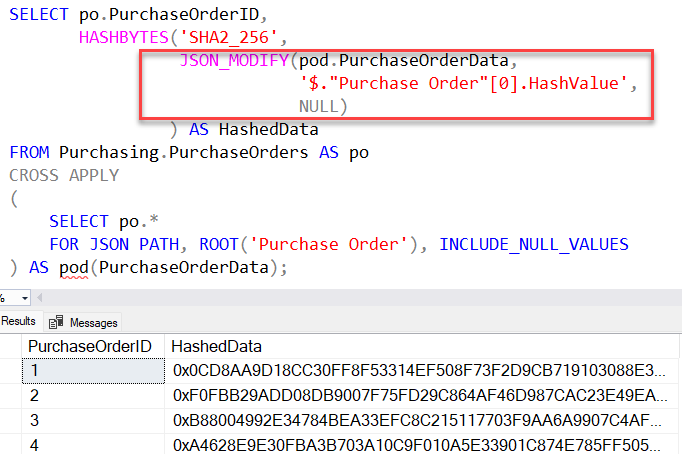
Cosmos Down Under show 9 with guest Hugo Barona discussing migration is released
I had the great pleasure to get to also record another new Cosmos Down Under podcast last night. It’s now edited and released.
Show 9 features Microsoft MVP Hugo Barona discussing his experiences in migrating clients to Azure Cosmos DB, and the lessons he’s learned along the way.
I hope you enjoy it.
You’ll find it here, along with previous episodes: https://cosmosdownunder.com
2023-11-12









